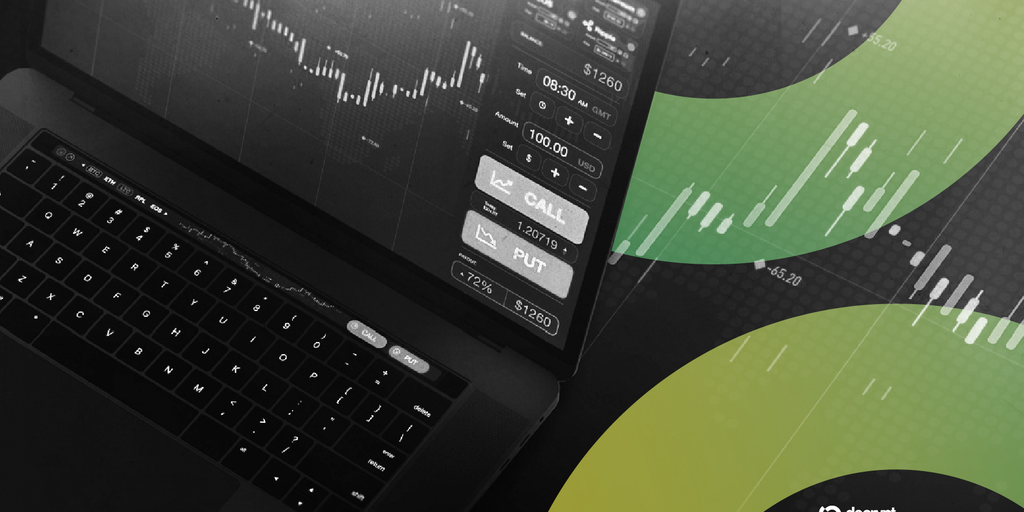Prediction Markets Hit All-Time High of $2 Billion in Weekly Volume
In an unprecedented surge, prediction markets have reached a record-breaking milestone of $2 billion in weekly trading volume, signaling a growing interest and participation in this innovative financial sector. This landmark achievement underscores the vibrant dynamics at play within these marketplaces where traders bet on the outcomes of future events.
Growing Interest in Prediction Markets
Prediction markets function by allowing participants to buy and sell contracts based on the outcomes they believe will happen. These outcomes can range from election results, economic indicators, to even weather events. The price of each contract typically moves between 0 and 100, representing the probability of an event occurring. If a participant buys a share at $60, they are essentially stating a 60% confidence level in a particular outcome.
The surge to $2 billion in trading volume has been fueled by several factors. First, the increasing mainstream acceptance of digital currencies and blockchain technologies has provided a robust platform for these markets. Many prediction markets operate on blockchain networks, offering transparency, security, and efficiency – attributes that are essential in managing the complex dynamics of trading on future outcomes.
Technological Advances Driving Market Expansion
Blockchain technology is at the heart of this expansion. Platforms like Augur, Gnosis, and Polymarket have developed sophisticated trading environments that leverage blockchain for decentralized decision-making and dispute resolution. This ensures that the outcome of events is verified in a transparent and tamper-proof manner, increasing trust among participants.
Moreover, the integration of smart contracts automates payments based on outcomes, eliminating the need for intermediaries and reducing transaction costs. This technological innovation has not only enhanced the appeal of prediction markets but has also broadened their accessibility to a global audience.
The Impact of Global Events
Recent global events have also played a significant role in the spike in prediction market activity. Major political events, economic shifts, and even public health crises like the COVID-19 pandemic have led to heightened volatility and uncertainty. In turn, this has drawn both speculators and those seeking to hedge against unpredictability to prediction markets as tools for risk assessment and management.
Challenges and Regulatory Landscape
Despite their benefits, prediction markets face regulatory challenges. The legality of these platforms varies by jurisdiction, with some countries embracing them and others imposing strict restrictions due to their similarities to gambling. Regulatory clarity will be crucial for the sustained growth and stability of prediction markets. Stakeholders continue to engage with legal frameworks to define a clear path forward that ensures both compliance and innovation.
The Future of Prediction Markets
Looking ahead, the trajectory for prediction markets appears robust. As more participants recognize their potential for both speculation and information gathering, these platforms are poised to become a more integral part of the financial landscape. They offer unique insights into public perception and the likelihood of future events, making them invaluable tools for decision-makers across sectors.
In conclusion, the milestone of $2 billion in weekly trading volume not only marks a significant achievement for prediction markets but also highlights the burgeoning role of technology in shaping new financial paradigms. With continuous technological advancements and an improving regulatory environment, prediction markets could well define the next frontier of trading and forecasting in the global economy.



